Indoor plants bring life, beauty, and a sense of calm into our homes. They purify the air, improve mood, and add natural aesthetics to any living space. However, not everyone has the time or memory to water, fertilize, or prune plants regularly. For busy professionals, forgetful plant owners, or frequent travelers, choosing low-maintenance, resilient plants is essential. Fortunately, some indoor plants thrive even when neglected, making them perfect candidates for those who want greenery without constant upkeep.
In this article, we will explore 7 indoor plants that can handle neglect, including their care tips, resilience factors, and aesthetic appeal, so you can confidently enjoy indoor gardening without stress.
1. Snake Plant (Sansevieria trifasciata)
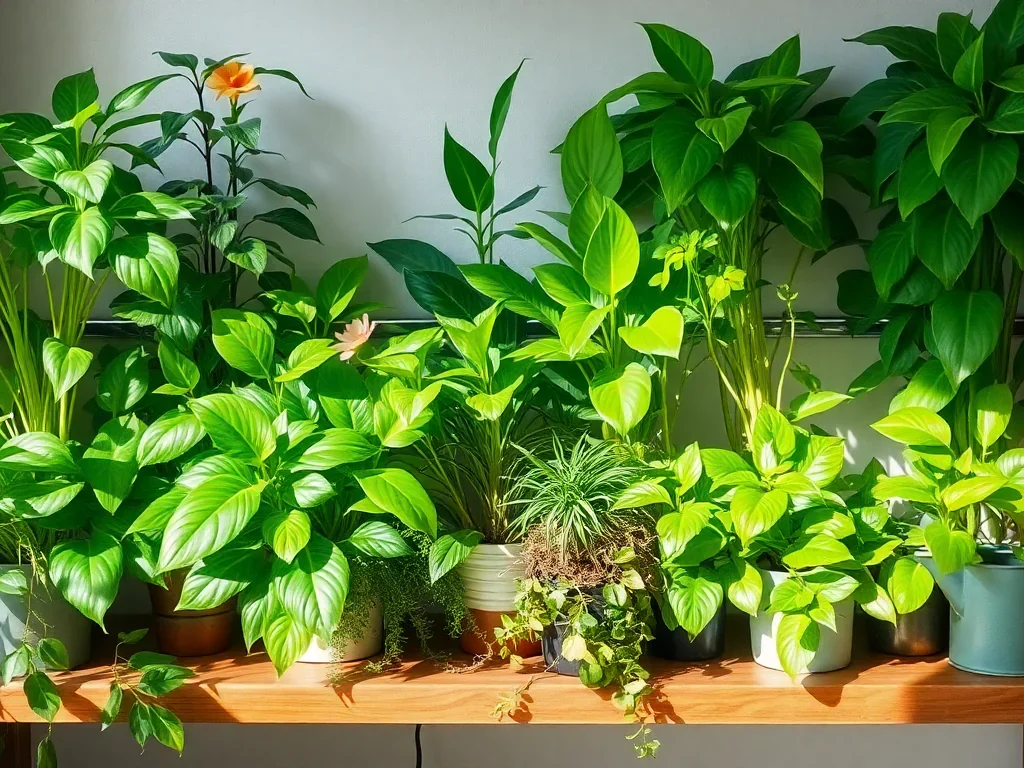
The snake plant, also known as mother-in-law’s tongue, is one of the most forgiving houseplants. Its upright, sword-like leaves are not only striking but also extremely drought-tolerant.
Why it handles neglect:
- Stores water in its thick leaves, allowing it to survive long periods without watering.
- Can tolerate low light conditions, making it perfect for dim corners.
- Resistant to pests and diseases.
Care tips:
- Water sparingly; once every 2–3 weeks is sufficient.
- Use well-draining soil to prevent root rot.
- Clean leaves occasionally to remove dust and allow better photosynthesis.
Snake plants also have the added benefit of air purification, removing toxins like formaldehyde and benzene from indoor spaces.
2. ZZ Plant (Zamioculcas zamiifolia)
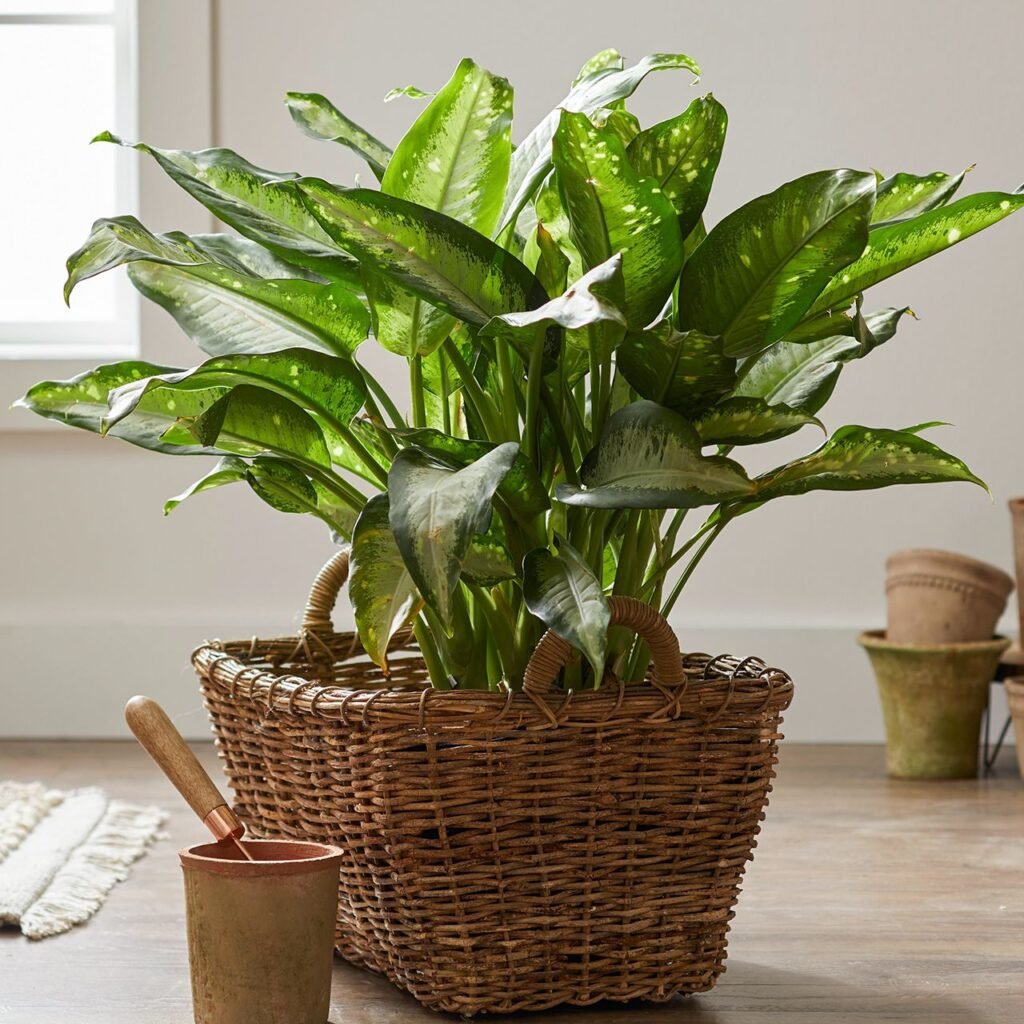
The ZZ plant is another superstar for neglectful plant owners. With glossy, dark green leaves, it adds elegance to any room while being incredibly resilient.
Why it handles neglect:
- Stores water in its thick rhizomes, allowing it to survive drought.
- Tolerates low light and fluctuating temperatures.
- Slow-growing, which reduces the need for frequent pruning.
Care tips:
- Water only when the soil feels completely dry.
- Avoid overwatering; ZZ plants are prone to root rot in soggy soil.
- Place in indirect light for best leaf coloration, though it tolerates shade.
Its sturdy nature makes it ideal for offices, apartments, and rooms where regular attention isn’t possible.
3. Pothos (Epipremnum aureum)
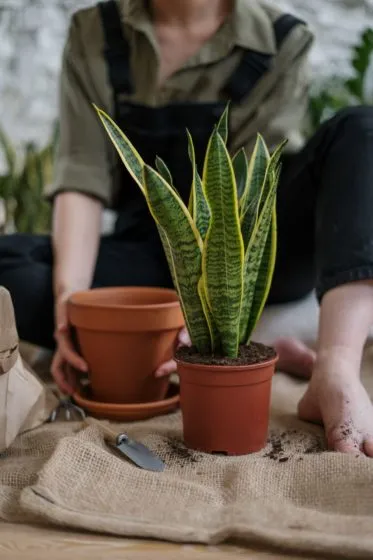
Pothos is a trailing vine loved for its adaptability, easy propagation, and ability to thrive in varied conditions. Its heart-shaped, variegated leaves add charm and vibrancy.
Why it handles neglect:
- Survives in low light and variable temperatures.
- Tolerates occasional missed watering.
- Can grow in soil or water, giving flexibility in care.
Care tips:
- Water only when the top inch of soil is dry.
- Prune occasionally to maintain shape and encourage bushier growth.
- Fertilize lightly every 2–3 months during the growing season.
Pothos can be placed on shelves, hanging baskets, or as a tabletop trailing plant, making it versatile and low-maintenance.
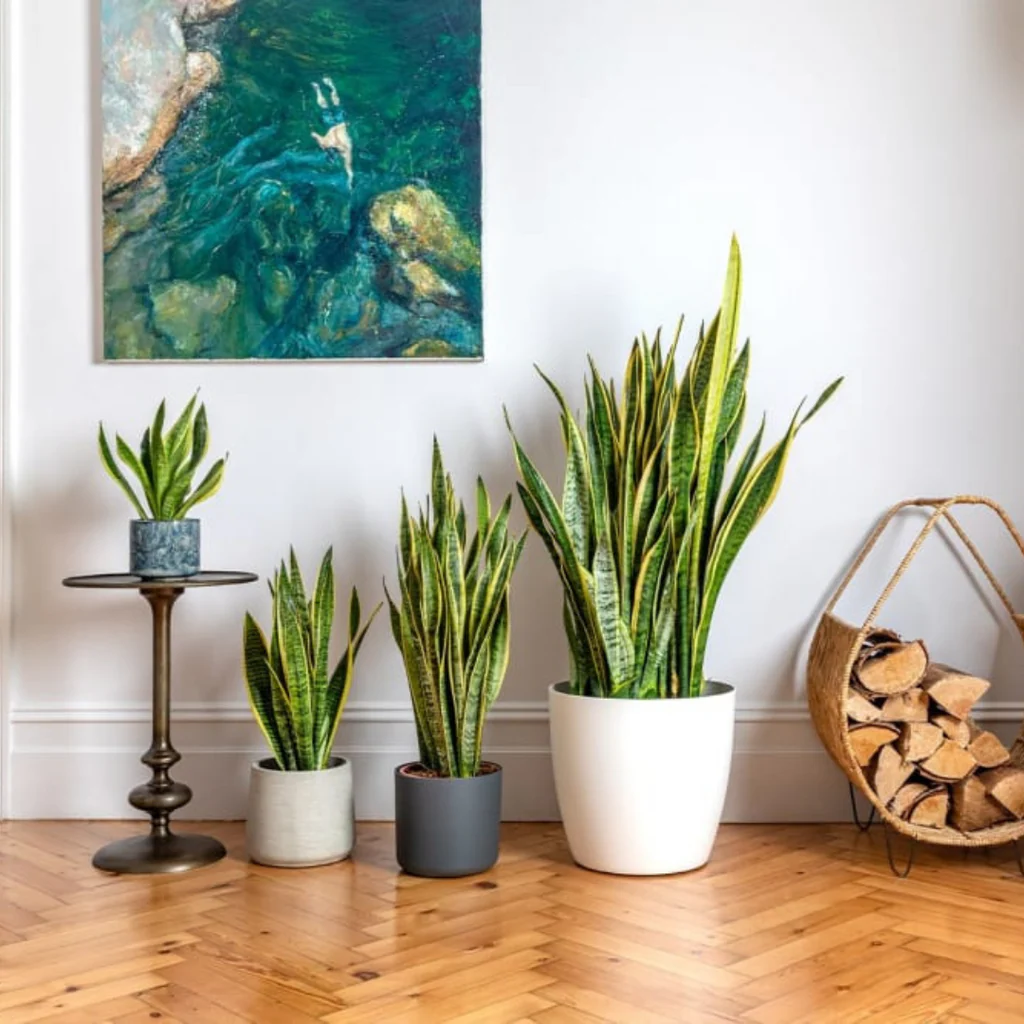
4. Spider Plant (Chlorophytum comosum)
Spider plants are known for their arched green-and-white striped leaves and small plantlets that dangle like spiders. They are forgiving and thrive under minimal care.
Why it handles neglect:
- Can survive occasional droughts.
- Tolerates a range of light conditions, from indirect sunlight to partial shade.
- Resilient to temperature fluctuations and minor neglect.
Care tips:
- Water moderately, allowing soil to dry slightly between waterings.
- Remove dead leaves to maintain a clean appearance.
- Propagate plantlets easily to create new plants.
Spider plants are also excellent for air purification, removing indoor pollutants like carbon monoxide and xylene.
5. Peace Lily (Spathiphyllum spp.)
Peace lilies are beloved for their glossy green foliage and elegant white flowers. They are surprisingly forgiving and thrive even when slightly neglected.
Why it handles neglect:
- Can tolerate low light, though flowers bloom better in brighter areas.
- Survives occasional missed watering.
- Alerts owners when thirsty by drooping leaves, which recover quickly after watering.
Care tips:
- Water when the top 1–2 inches of soil feel dry.
- Keep in indirect sunlight; too much direct sun can scorch leaves.
- Wipe leaves occasionally to remove dust and improve photosynthesis.
Peace lilies bring a touch of elegance to homes while being low-maintenance and forgiving, making them ideal for beginners.
6. Cast Iron Plant (Aspidistra elatior)
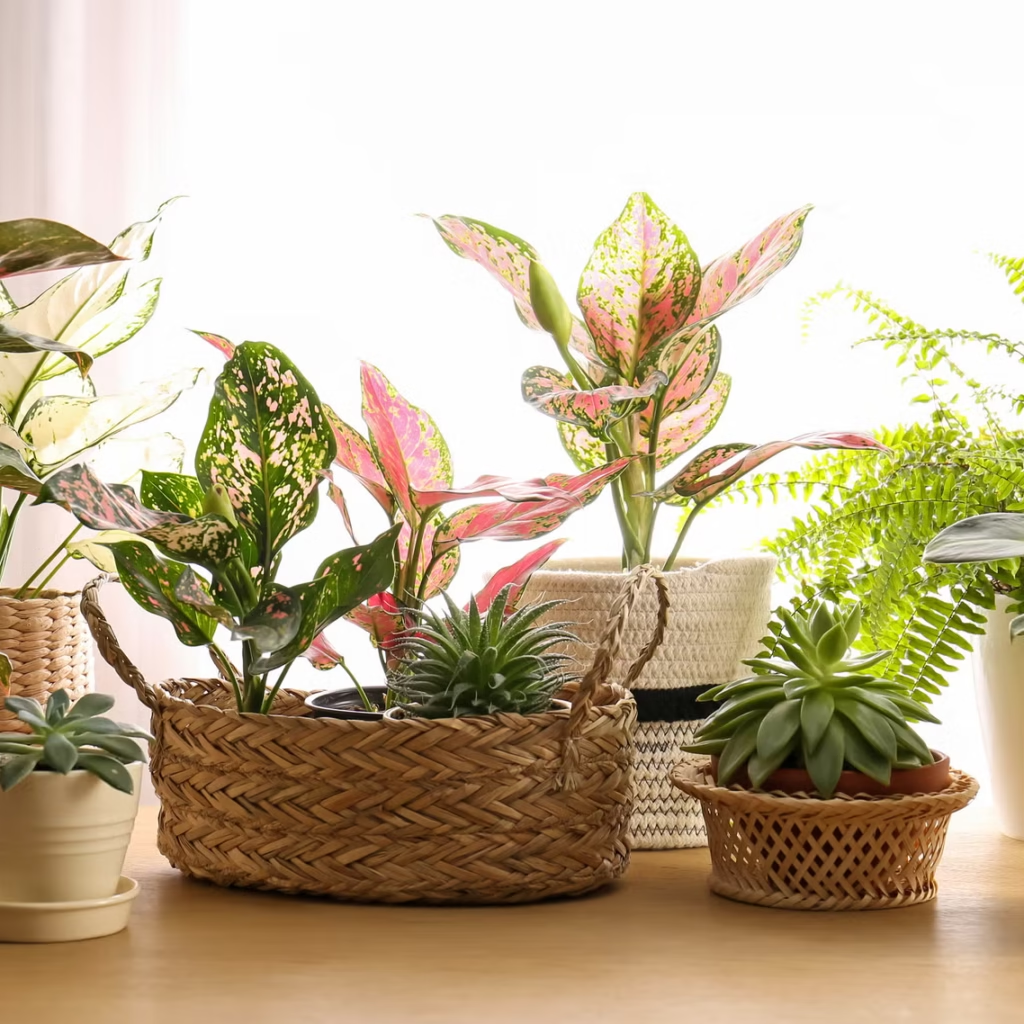
True to its name, the cast iron plant is incredibly hardy. Known for its dark green, upright leaves, it’s perfect for indoor areas that are often overlooked or neglected.
Why it handles neglect:
- Tolerates low light, irregular watering, and fluctuating temperatures.
- Extremely resistant to pests and diseases.
- Slow-growing, which means minimal maintenance.
Care tips:
- Water sparingly; let the soil dry between waterings.
- Place in indirect light for best results, though it survives shade.
- Occasionally remove dust from leaves to maintain appearance.
The cast iron plant is ideal for hallways, corners, and offices where attention is minimal but greenery is desired.
7. Jade Plant (Crassula ovata)
The jade plant is a succulent with thick, fleshy leaves that store water, making it one of the easiest plants to keep alive indoors. Its shiny green leaves and compact size make it aesthetically pleasing.
Why it handles neglect:
- Stores water in leaves, tolerating long periods without watering.
- Thrives in bright indoor light but can survive moderate shade.
- Hardy against occasional temperature changes and inconsistent care.
Care tips:
- Water thoroughly but infrequently; allow soil to dry completely between watering.
- Provide bright, indirect light for optimal growth.
- Prune occasionally to maintain shape and encourage new growth.
Jade plants are also believed to bring good luck and prosperity, making them a popular choice in homes and offices.
Additional Tips for Growing Low-Maintenance Indoor Plants
Even resilient plants benefit from basic care. Here are tips to ensure your “neglect-friendly” plants thrive:
- Choose the Right Soil: Use well-draining soil mixes to prevent waterlogging and root rot. Succulents like jade plants require cactus soil, while leafy plants like pothos or snake plants prefer standard potting mix with added perlite.
- Select Appropriate Containers: Use pots with drainage holes to prevent excess water accumulation. Avoid decorative pots without holes unless using a double-pot system.
- Monitor Light Conditions: Even hardy plants need appropriate light. Place low-light-tolerant plants like ZZ plants or cast iron plants in shaded corners, while succulents like jade plants need bright, indirect light.
- Watering Routine: Understand your plant’s needs. Most neglect-tolerant plants prefer underwatering to overwatering. A good rule is to check the soil moisture before watering.
- Temperature and Humidity: Most low-maintenance plants adapt to average indoor conditions. Avoid placing them near drafts, radiators, or heating vents for extended periods.
- Minimal Fertilization: Fertilize sparingly, perhaps once or twice a year for slow-growing plants, to avoid overloading soil with nutrients.
- Cleaning and Pruning: Dust leaves occasionally, and remove dead or yellowing leaves to maintain plant health and aesthetics.
Why These Plants Are Ideal for Busy or Forgetful Individuals
The common traits that make these 7 plants ideal for neglect include:
- Water storage: Thick leaves or rhizomes allow them to survive drought.
- Low light tolerance: Can thrive in shaded indoor areas.
- Hardiness: Resistant to pests, temperature fluctuations, and occasional neglect.
- Slow growth: Reduces the need for frequent pruning or repotting.
By choosing these plants, you can enjoy a lush, green indoor environment without the stress of daily care.
Conclusion
Indoor plants don’t have to be high-maintenance to be beautiful and beneficial. Snake plants, ZZ plants, pothos, spider plants, peace lilies, cast iron plants, and jade plants prove that resilience and style can go hand in hand. These seven low-maintenance species are perfect for busy lifestyles, forgetful plant owners, or anyone looking to add greenery without constant attention.
By selecting the right plant, providing basic care, and understanding their unique needs, even a novice or neglectful plant enthusiast can enjoy the calming, aesthetic, and air-purifying benefits of indoor greenery.
With these resilient houseplants, thriving indoor jungles are possible—even if you occasionally forget to water them.
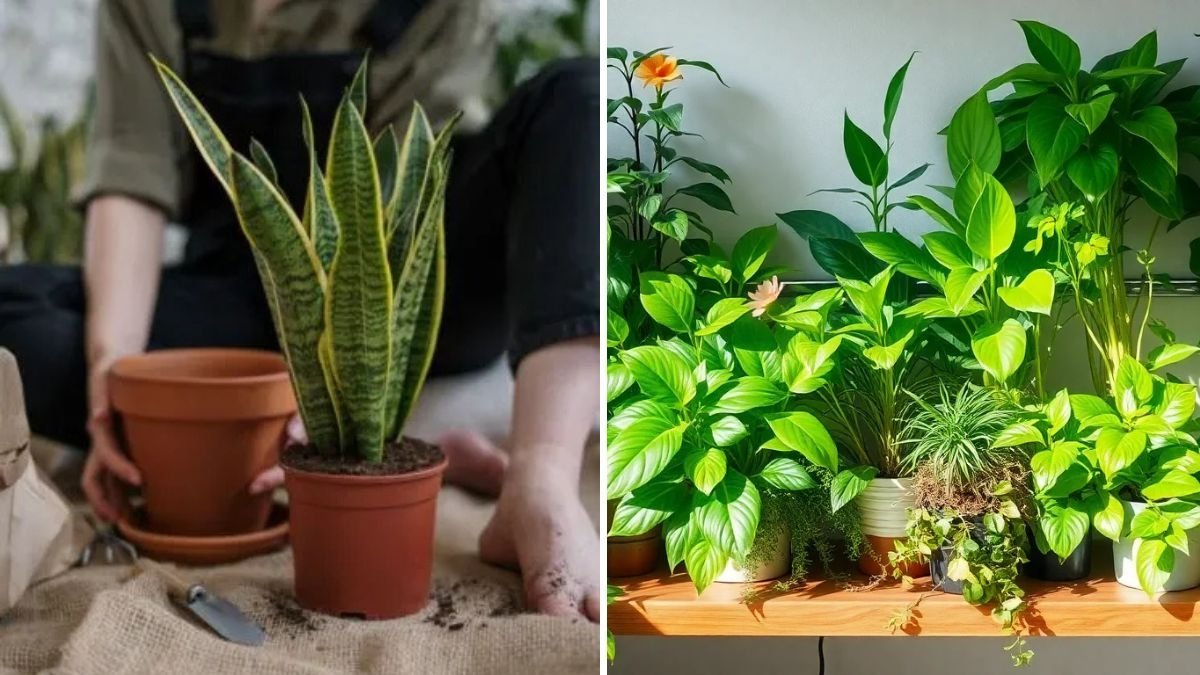




Leave A Comment